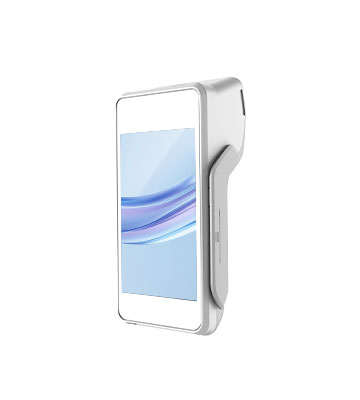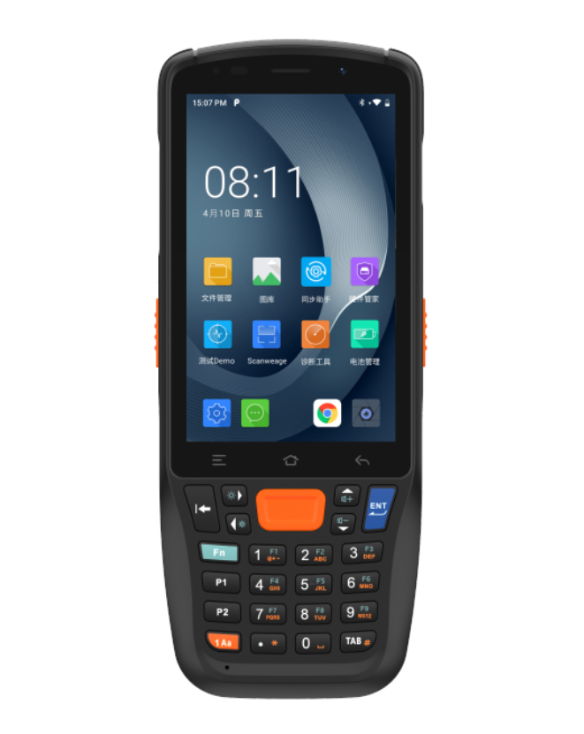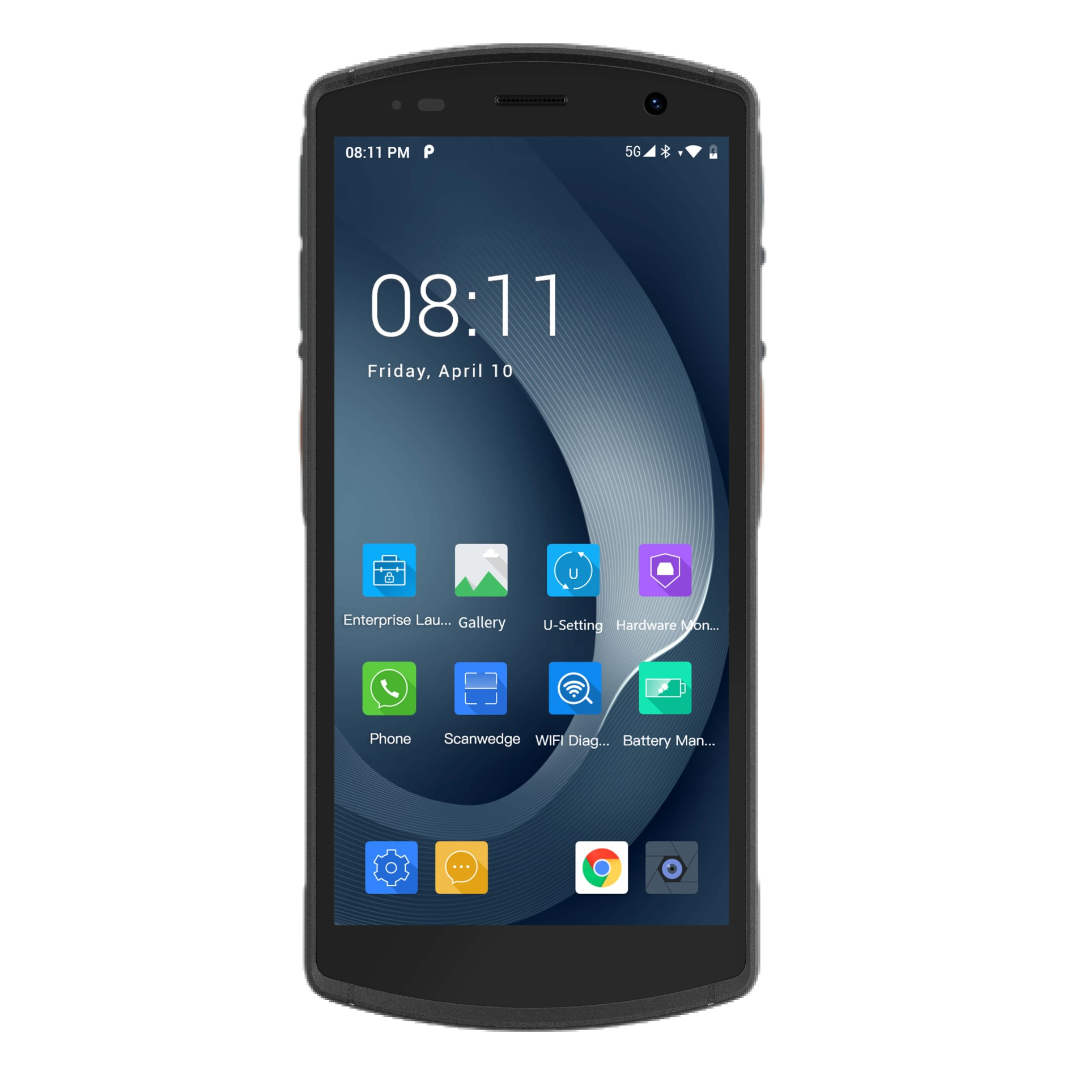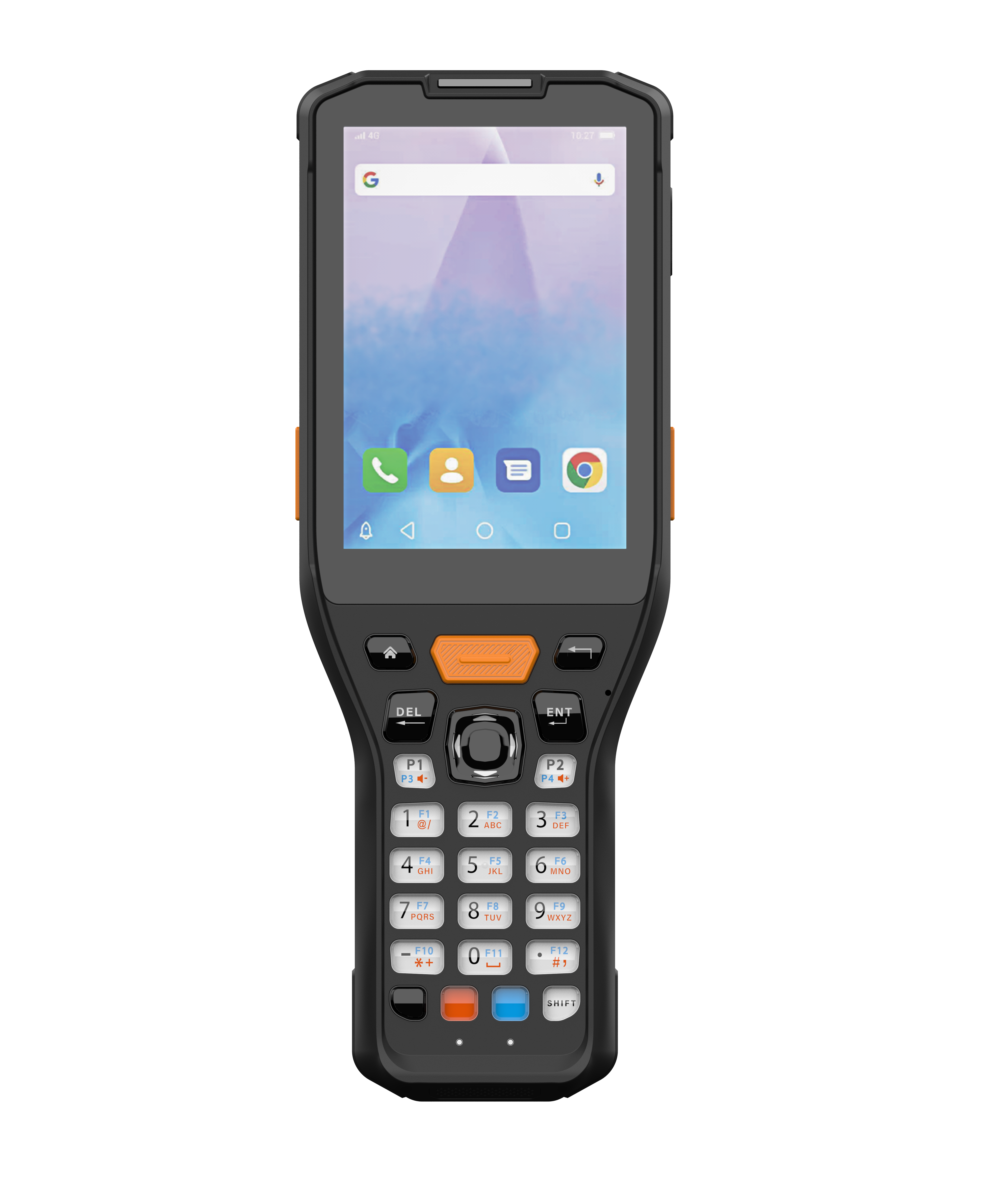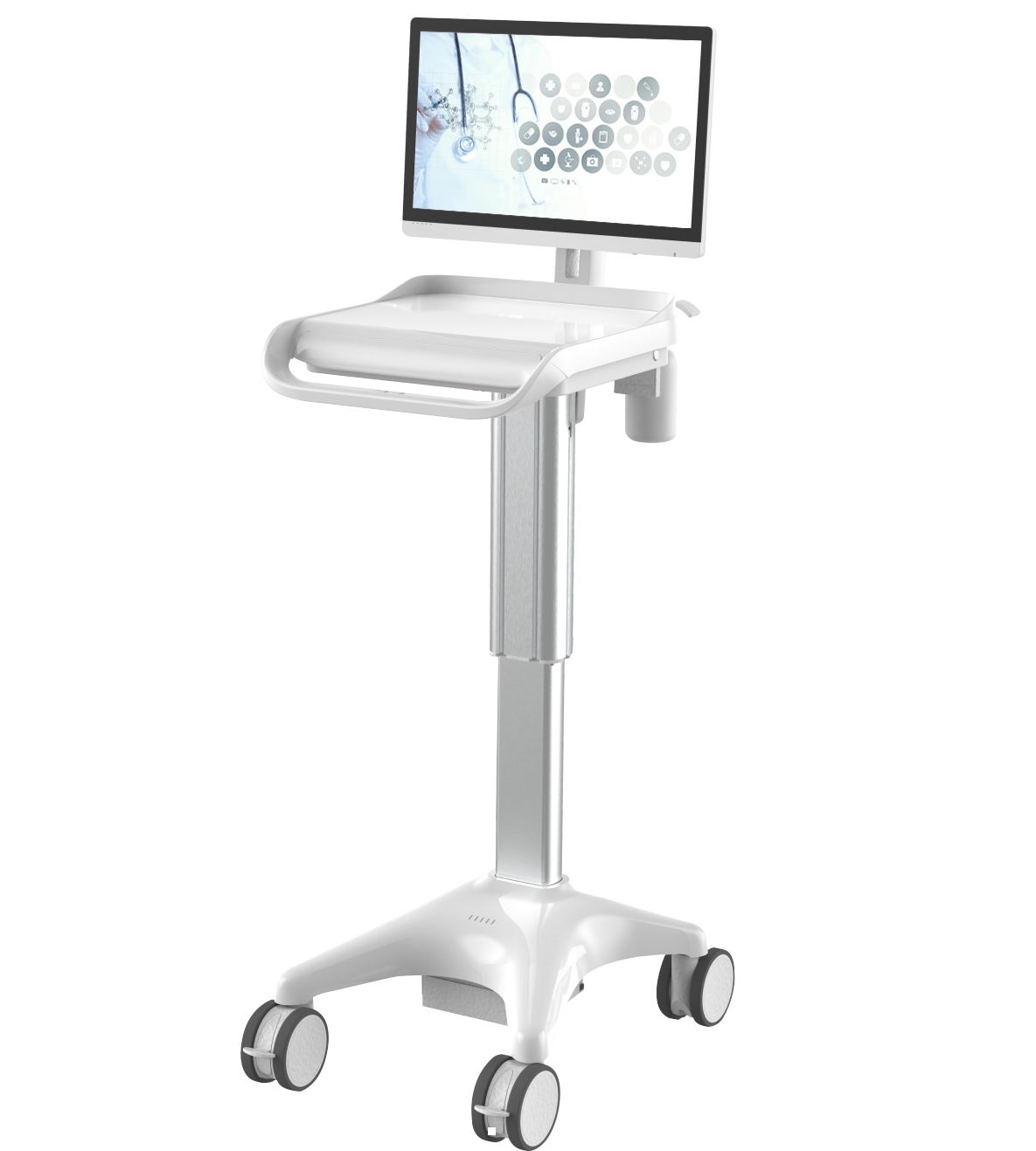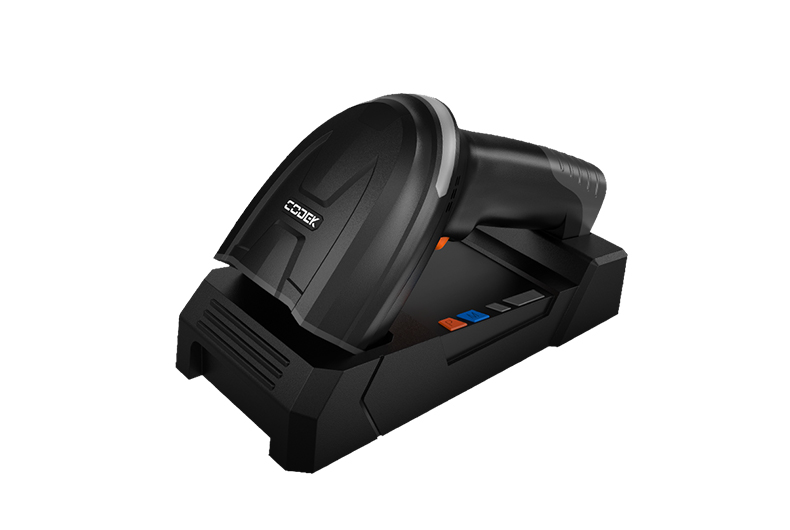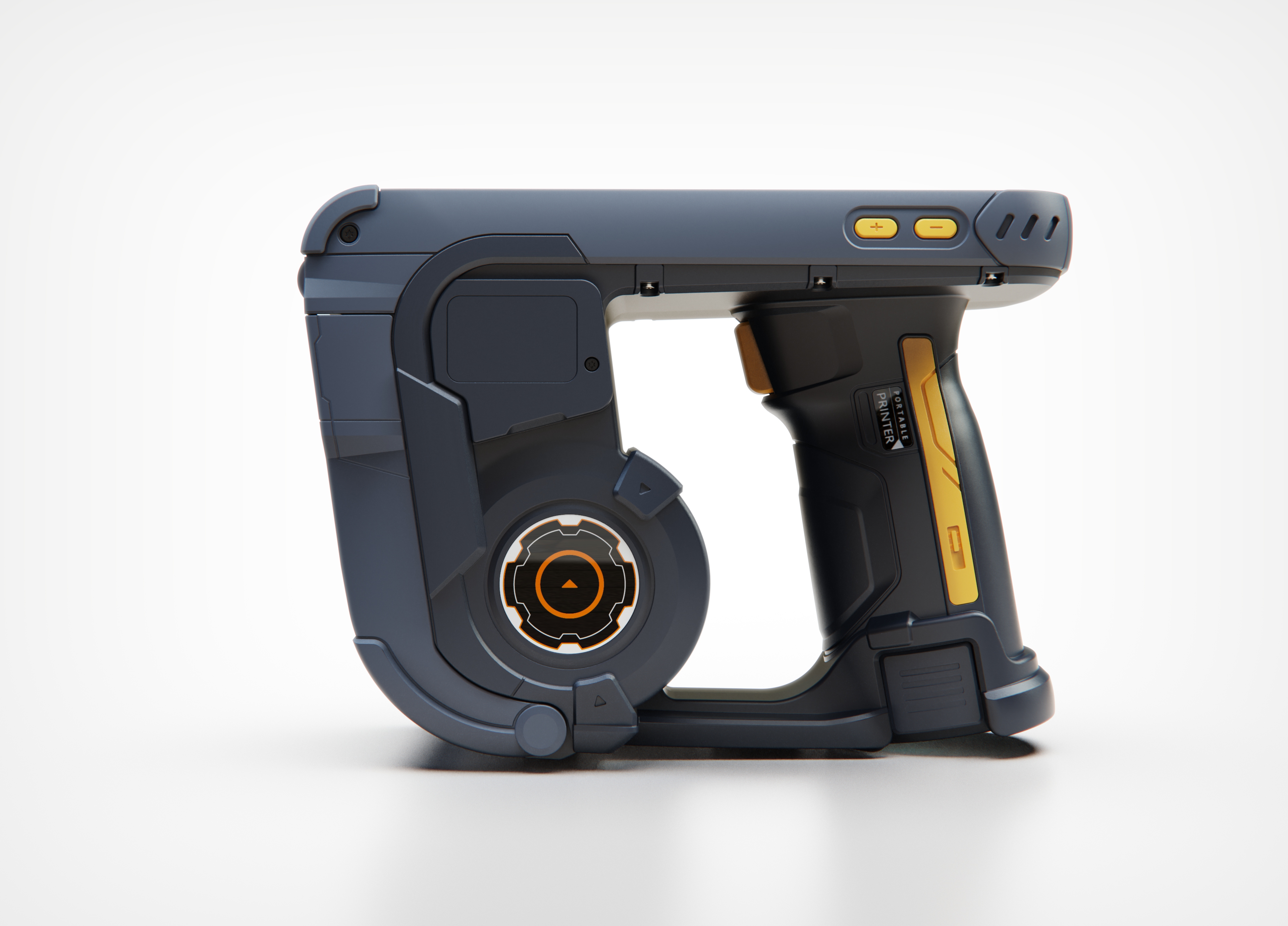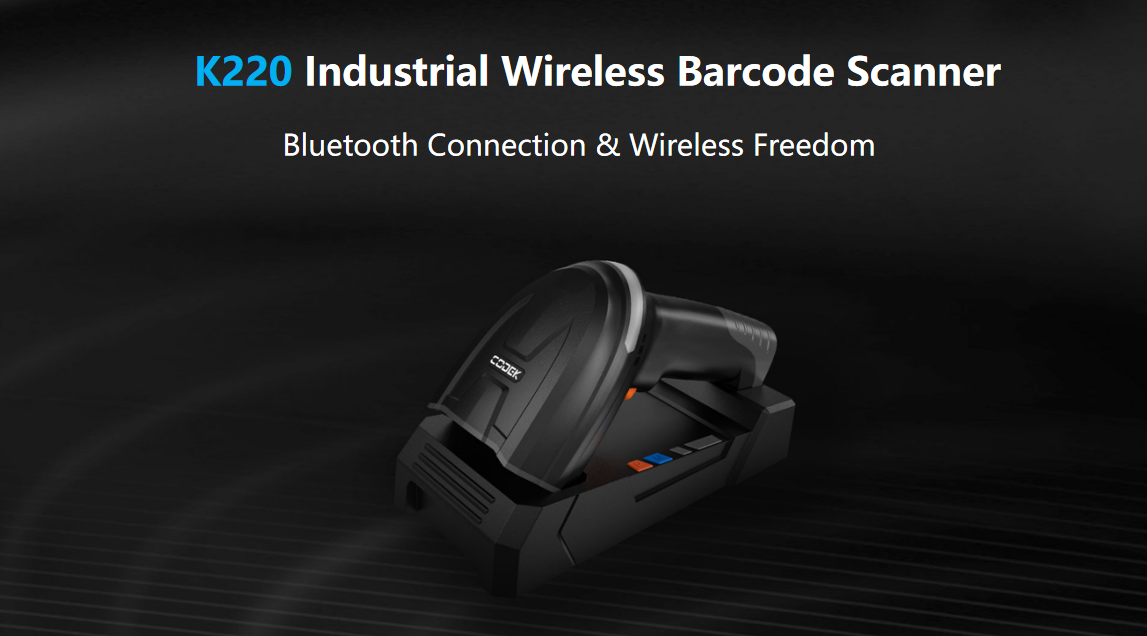Comparing Android Handheld Barcode Scanners: What to Look For
In the fast-paced business environment of recent year, the handheld barcode scanner has become an indispensable tool across various industries. From retail and logistics to healthcare, these devices streamline operations by ensuring accurate and efficient data capture. Among the different types available, the Urovo handheld scanner stands out for its versatility and ease of use. This article will guide you through the key features to consider when choosing a scanner and offer a detailed comparison of popular models.

Key Features to Consider
Operating System and Software Compatibility
The Android operating system powers some of the most advanced handheld barcode scanners on the market. When selecting a scanner, it's crucial to ensure it runs a compatible Android version that aligns with your existing software. Compatibility is key for seamless integration with your current systems, enabling efficient data management and workflow automation.
Scanner Performance and Speed
The performance of an handheld barcode scanner largely depends on its scanning speed and accuracy. High-performance scanners like the UROVO K200 and K220 are designed to capture barcode quickly, even in challenging conditions such as low light or damaged labels. Fast data capture minimizes errors and enhances productivity, making these models ideal for high-volume operations.
Durability and Build Quality
Durability is a critical factor, especially for industries that demand rugged equipment. Look for scanners with robust designs that offer protection against drops, water, and dust. The Urovo's products models, for instance, are built to withstand harsh environments, ensuring long-term reliability.
Battery Life and Charging Options
Extended battery life is essential for uninterrupted operation, particularly in environments where time is costly. Scanners with replaceable batteries or quick-charging capabilities provide added flexibility. The UROVO K220, with its long-lasting battery, ensures that your scanner remains operational throughout the workday, reducing the need for frequent recharges.
Connectivity Options
Modern handheld scanners offer a range of connectivity options, including Wi-Fi, Bluetooth. These features enable real-time data transfer, which is crucial for maintaining up-to-date inventory and processing transactions quickly. Models like the UROVO K220 excel in providing stable and fast wireless connections, enhancing overall efficiency.The UROVO K200 focuses on robust scanning capabilities through its dedicated scanning port, making it highly effective in environments where quick and accurate scanning is the priority. In such cases, the design is optimized for performance, ensuring that the scanner excels in its primary function.
Price vs. Performance
While it’s important to consider the price, it’s equally crucial to evaluate the performance and features offered. Investing in a higher-end scanner like the UROVO K220 may provide better long-term value through enhanced durability, performance, and support. Balancing cost with necessary features ensures that you get the most value for your investment.

Guidance on Choosing the Right Handheld Scanner
Assess Your Specific Needs
Before making a decision, assess the specific needs of your business. Consider the environment in which the scanner will be used, the volume of barcodes to be scanned, and any special requirements such as mobility or connectivity.There are some common workplaces of requirements.
In-Counter Scanners: The scanners are connect with checkout counters and are ideal for fast-paced retail environments where speed is critical. They help streamline the checkout process by allowing quick scanning of items.
Presentation Scanners: Designed for hands-free operation, these scanners are used where items are passed in front of them, such as in supermarkets and libraries. They are practical for high-volume scanning without needing to lift each item.
Fixed Mount Scanners: These scanners are typically used in automated settings like production lines. They are excellent for scanning barcodes on objects moving along conveyor belts due to their ability to rapidly capture data from passing items.
Mobile Units: These are handheld scanners with computing capabilities, suitable for tasks like inventory management and field service. They offer flexibility by providing real-time data access and the ability to share with central databases.
Wearable Scanners: Optimized for hands-free operation, wearable scanners are often worn on the body, freeing up the hands for other tasks. They are particularly useful in logistics and warehousing for picking orders or handling materials.
Balance Between Cost and Features
While budget constraints are a reality for many businesses, it’s important not to sacrifice essential features for a lower price. Focus on finding a scanner that offers the best balance between cost and the features that are most critical to your operations.Choose a scanner that can grow with your business. Consider models with up-gradable software, long-term support, and the flexibility to adapt to changing technological needs. Investing in a high-quality scanner now can save you from frequent replacements in the future.
Comparing Popular Android handheld scanner
UROVO K200 Industrial Wired Barcode Scanner
Key Features: 1280x1080px sensor, adaptive lighting, rugged IP54-rated design.
Pros: Durable construction, multiple connectivity options, ergonomic design reduces operator fatigue, real-time feedback through vibration, sound, and LEDs.
Cons: It's a wired design but it's easy to plug and play.
Best Use Cases: Harsh industrial environments, warehousing, retail, logistics.

UROVO K220 Industrial Wireless Barcode Scanner
Key Features: High-performance scanning on reflective/low-contrast surfaces, IP54-rated drop-proof design, wireless connectivity.
Pros: Reliable in demanding conditions, versatile connectivity options (USB, RS232, Bluetooth 5.0), ergonomic design, long battery life with up to 25 hours of continuous operation, 100-meter wireless range in open areas, and wireless portability for enhanced flexibility.
Cons: It’s Requires charging but also comes with high battery capacity.
Best Use Cases: Industrial environments, healthcare, transportation, extended shifts requiring mobility.
Other Leading Models
Key Features: Varies by brand and model, but generally include basic scanning capabilities and standard connectivity.
Pros: Often more affordable, various levels of durability and performance, lighter and more compact designs.
Cons: May lack advanced features like adaptive lighting, extended battery life, or robust connectivity found in UROVO models.
Best Use Cases: Small businesses, light to moderate scanning needs, environments where advanced features are not critical.
Conclusion
When comparing handheld barcode scanners, it’s essential to consider factors like performance, durability, and connectivity. The UROVO K200 and K220 models are excellent choices that offer a blend of advanced features and robust design, making them ideal for a wide range of industries. By focusing on your specific needs and balancing cost with essential features, you can select a scanner that will enhance your business’s efficiency and productivity.


